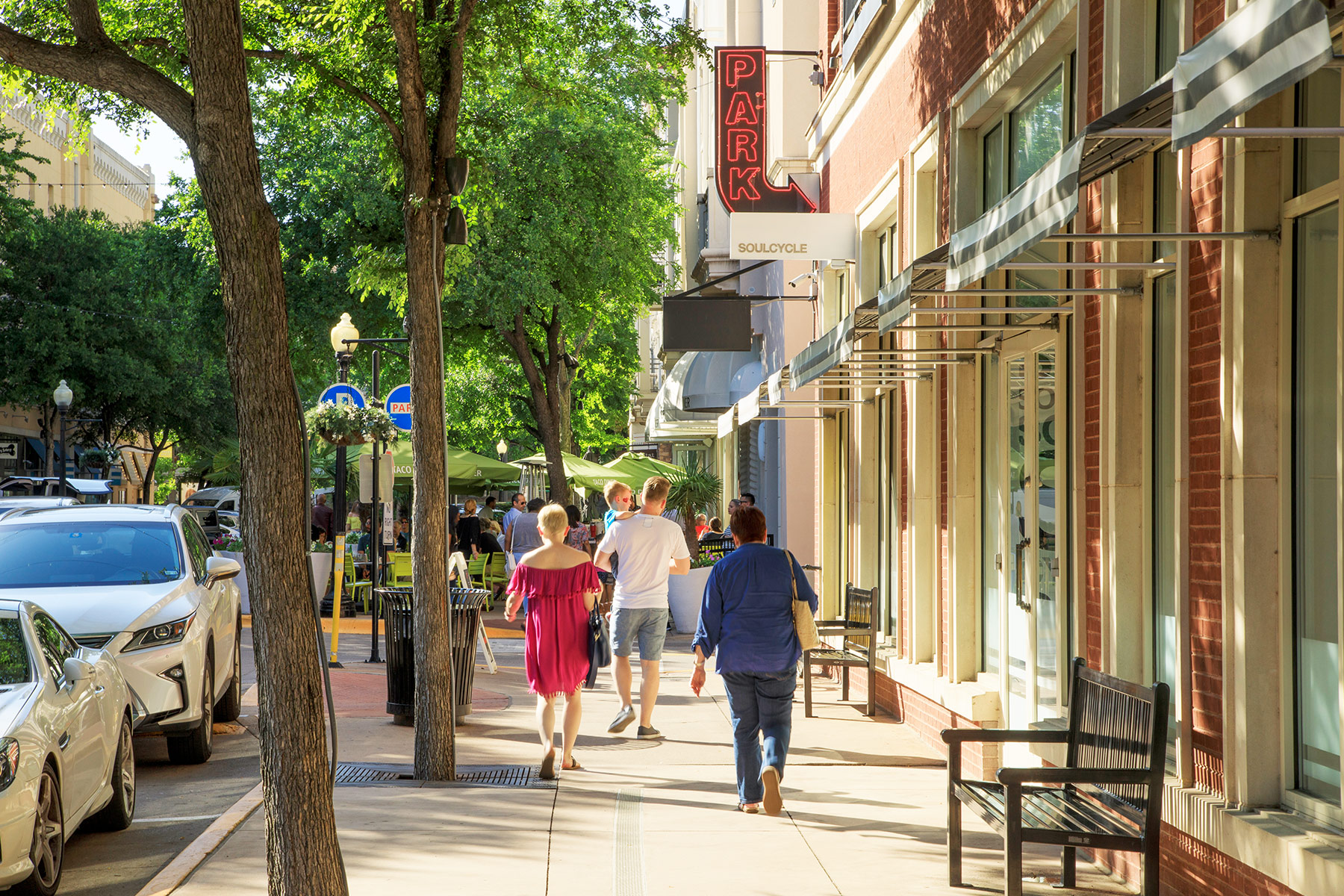It’s unnecessary to rehash the unprecedented events of 2020 and how everyday occurrences were suddenly flipped upside down. Those of us in the retail real estate space experienced this firsthand.

Never before has the retail, restaurant, and entertainment industries completely shut down as they did in the second quarter of 2020. Certain long-term beliefs surrounding the future of consumer-based real estate began to take shape. These beliefs quickly turned into clearly articulated narratives, and the fate of retail real estate seemed to be in peril.
Let’s look at a few of these key narratives and how accurate they appear to be today.
The Flight to Online?
First, many saw the shutdown of retail and restaurants as the final blow to the future of physical stores. Not that they would all close, but that the accelerated flight to buy online would stunt physical store growth long term. This would obviously have a dramatic impact on the value of the retail real estate.
Yet, based on the last 60-90 days, retailers and restauranteurs have opened safely and strongly and are now planning solid growth coming out of the pandemic. These industries adapted in a remarkable way to address the challenges of 2020, including COVID-19 and e-commerce, and coupled with a robust economy and strong consumer confidence; the future is bright.
The Avalanche of Distressed Assets?
A second belief formed in the midst of the pandemic resulted directly from the shutdown, inability to congregate, and e-commerce acceleration. That belief was that many retail/restaurant/entertainment real estate assets would become distressed and go back to the lenders or creditors, thus creating a flood into the market. Thus far, we have not seen this avalanche of distressed assets as lenders and owners have worked well together to keep this from happening.
The Suburban Lure?
Lastly, a strong belief was formed that there would be a massive flight to suburbia, and the urban core would be adversely impacted long term. This would hurt not only consumer-related real estate but office and multi-family real estate as well. Again, this does not seem to be the case as urban real estate in all of these categories remains well leased, rental rates do not seem to have been materially impacted, and values have held up.
As the above reflects, each of these potentially false narratives ends with a question mark. A 60-90 day window does not make a trend long term, and we still have a ways to go before this pandemic is officially declared “dead.”
Yet increased consumer confidence, lessening vacancy rates, forecasted rental rate increases, and lower unemployment claims all spell for a bright future for an industry facing ‘apocalyptic’ headlines twelve months ago. When most challenged, retailers and restauranteurs adapted quickly and successfully to meet the consumer’s needs, once again showing the resiliency and durability of our great industry.
Alan Shor is the president and co-founder of The Retail Connection.





